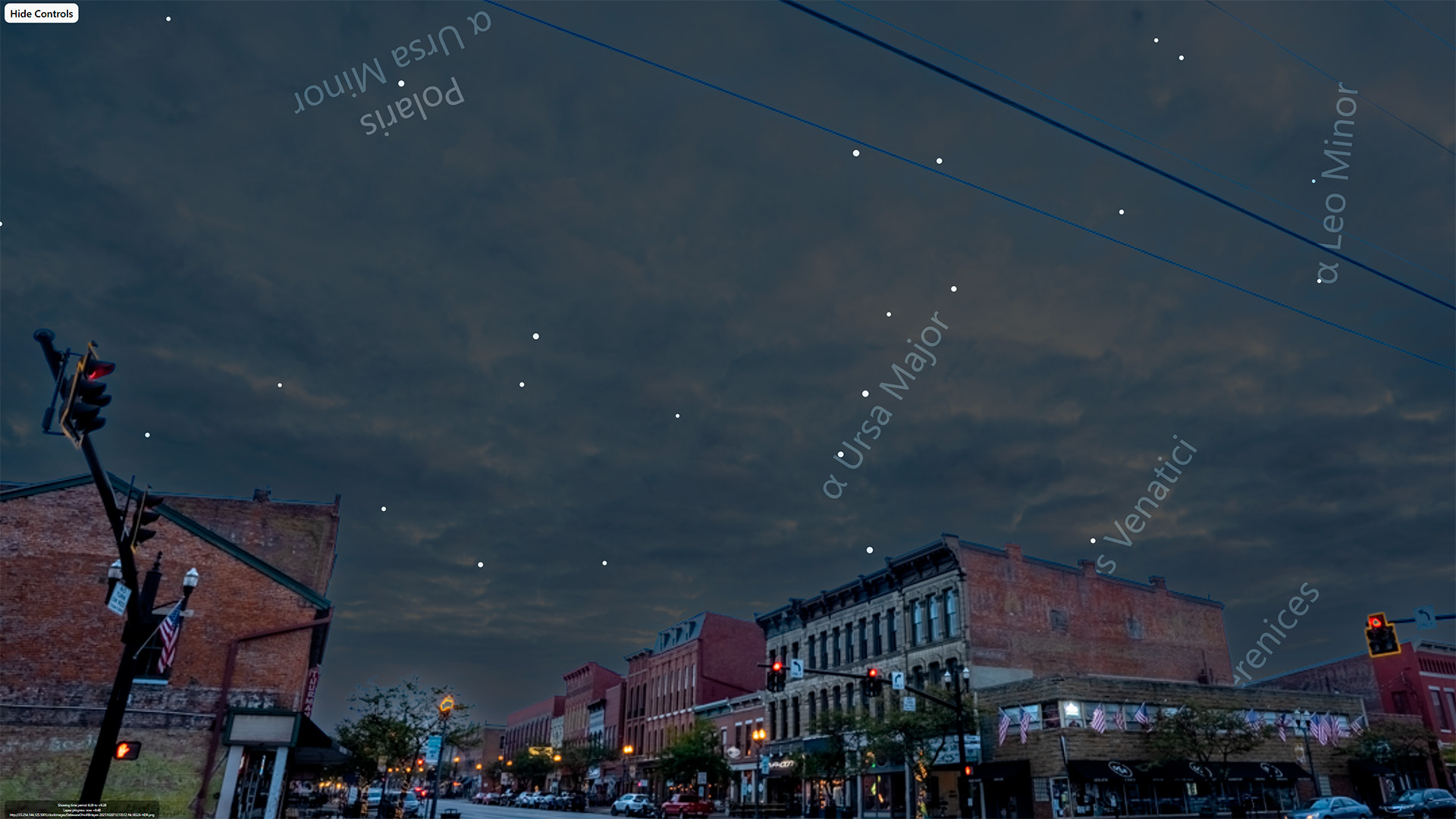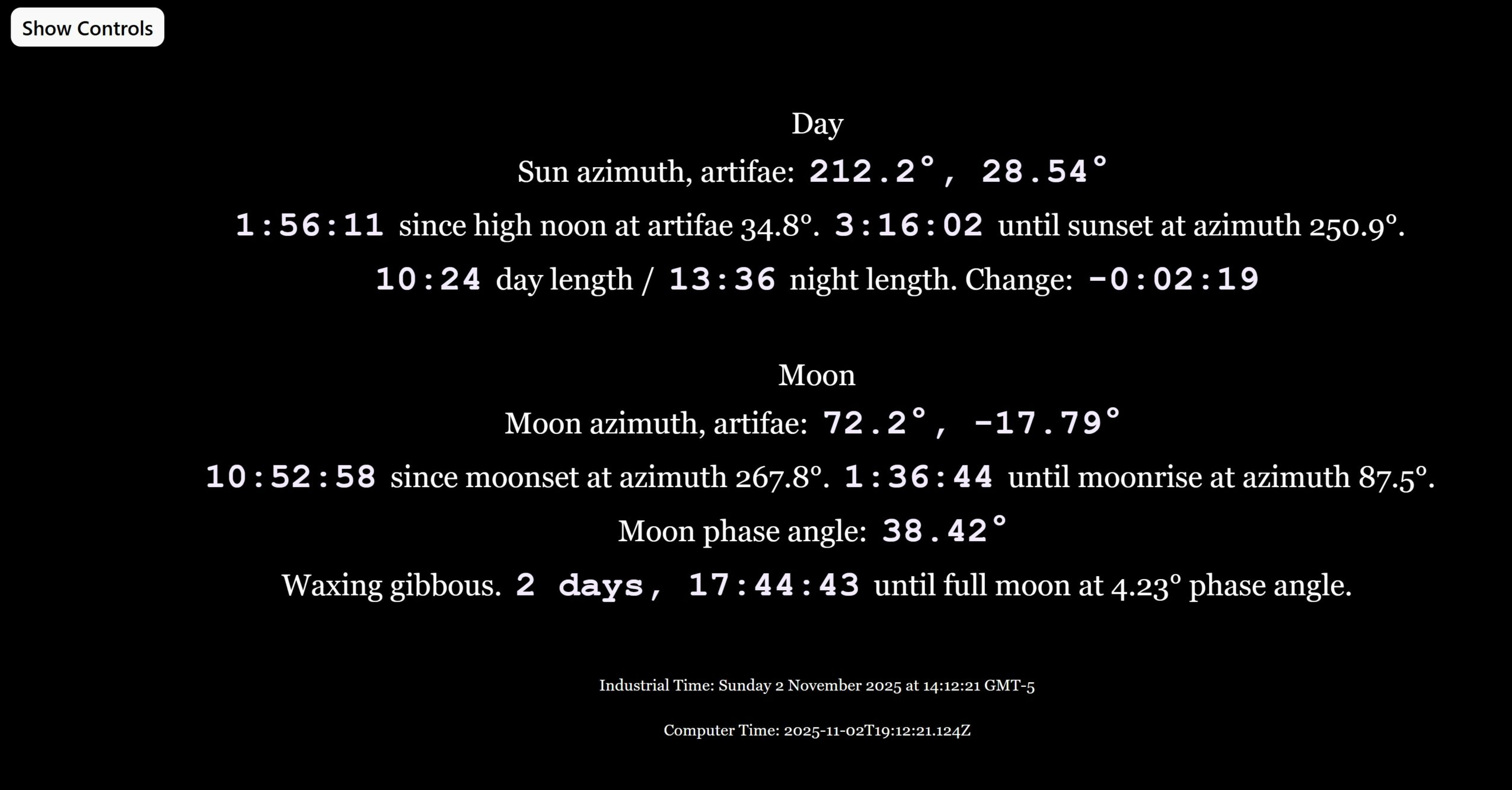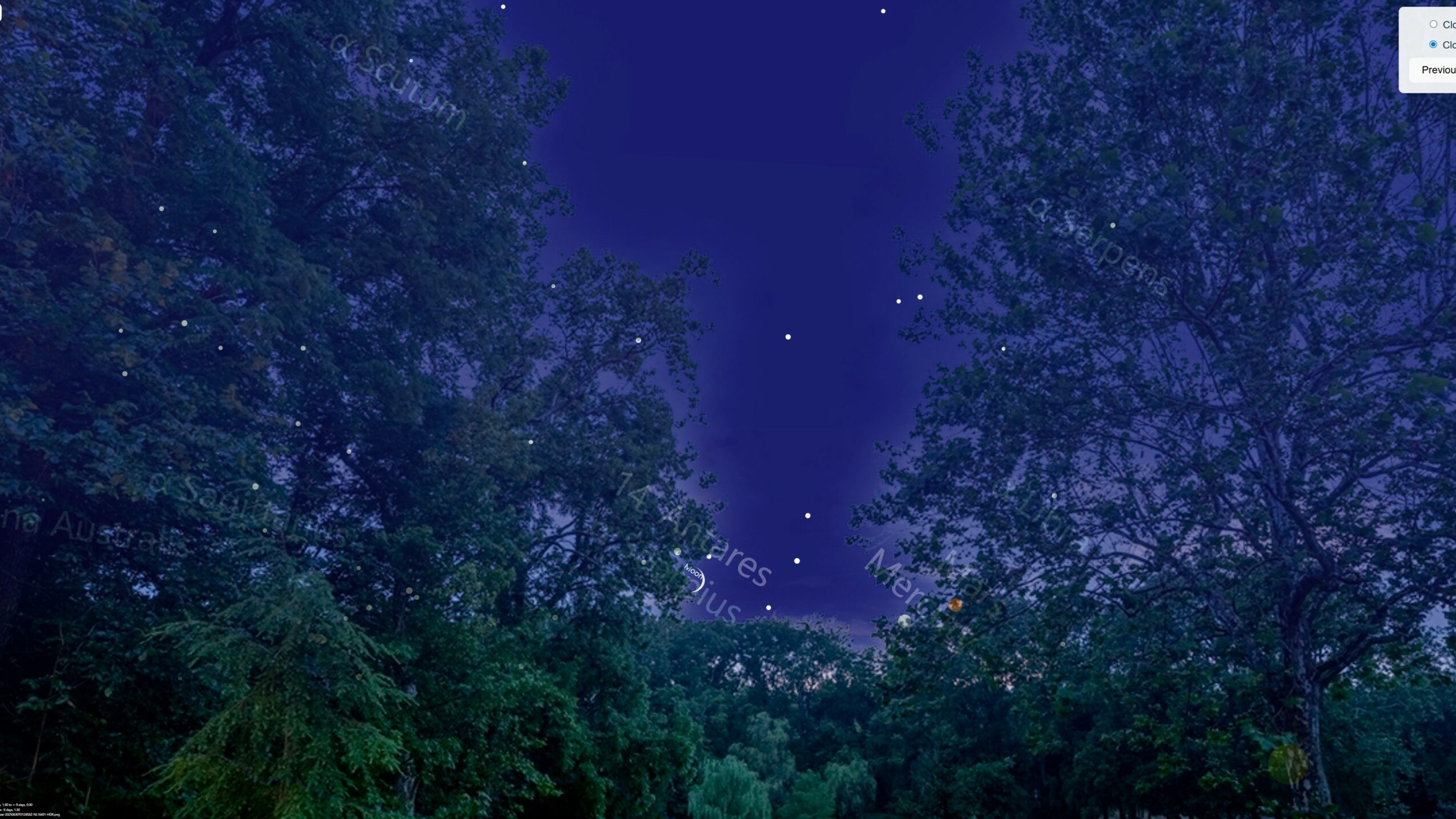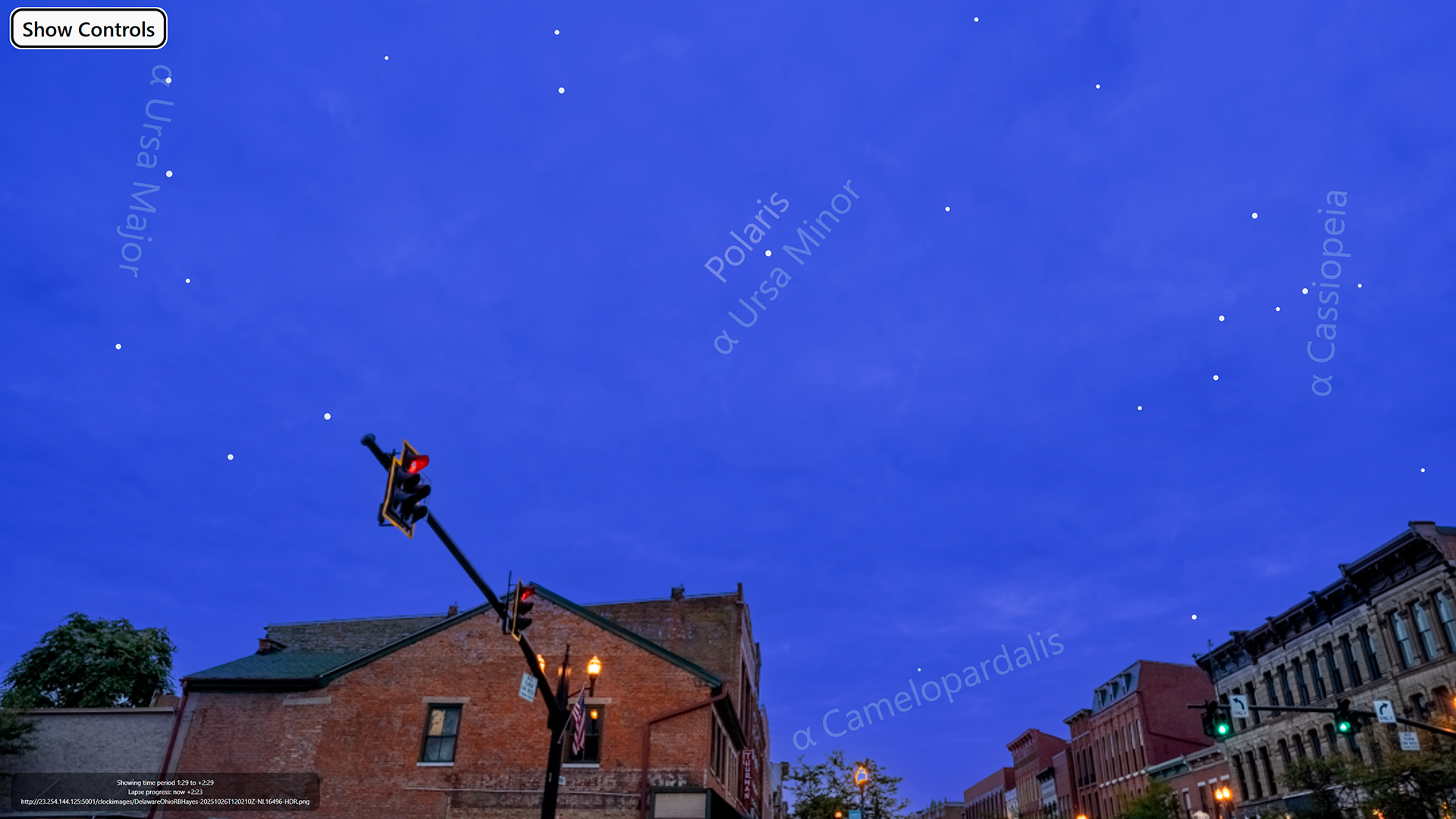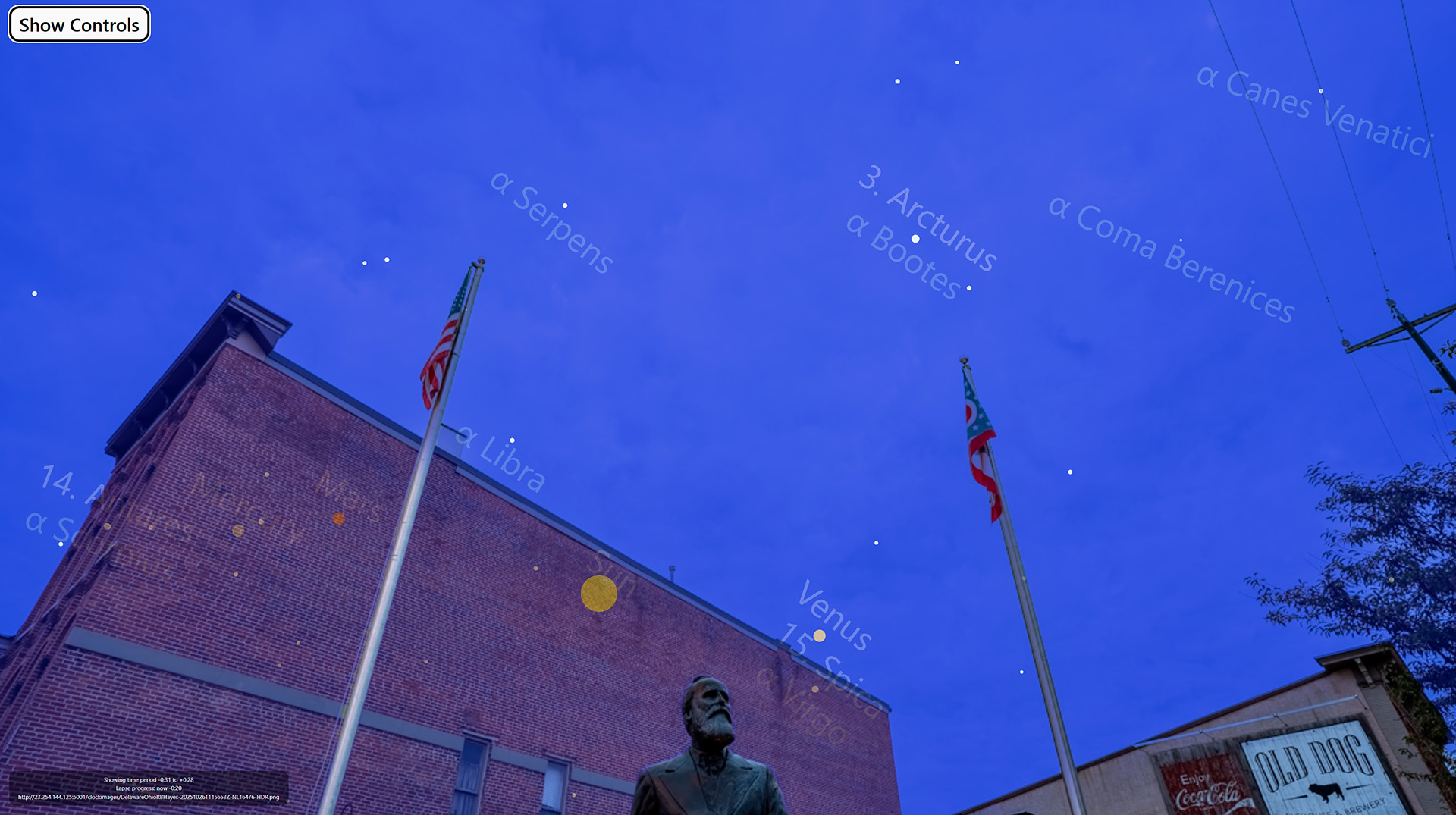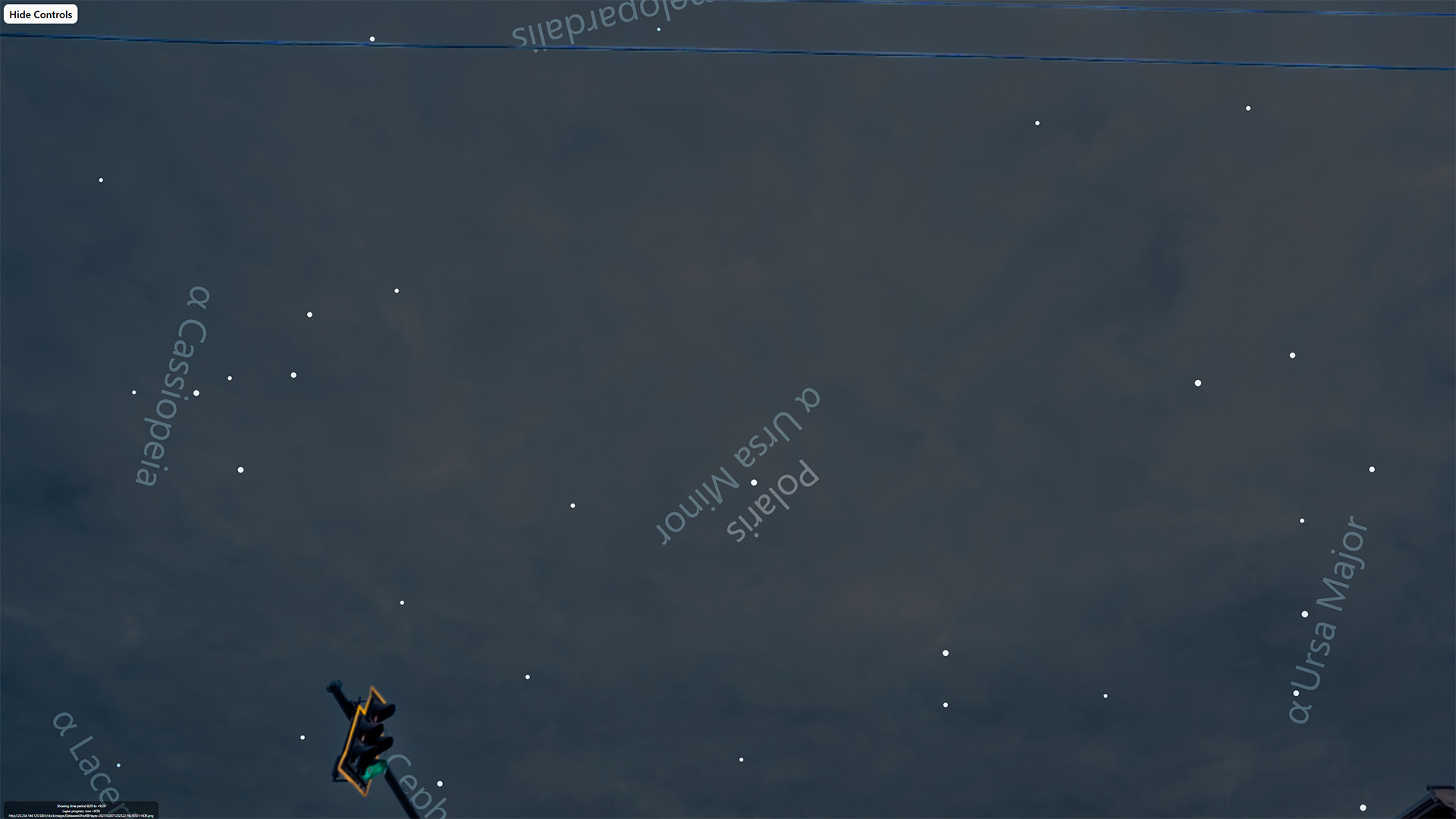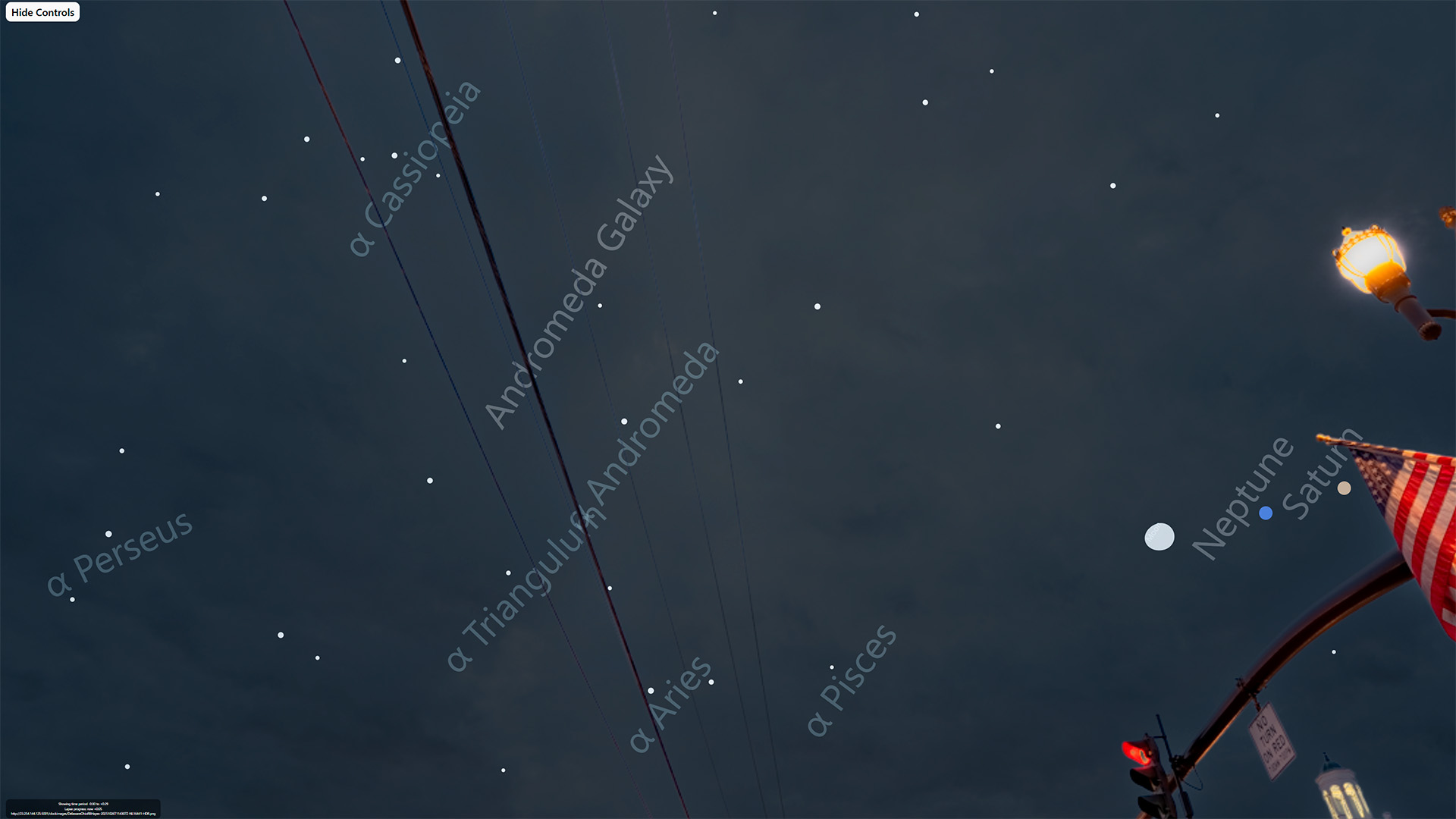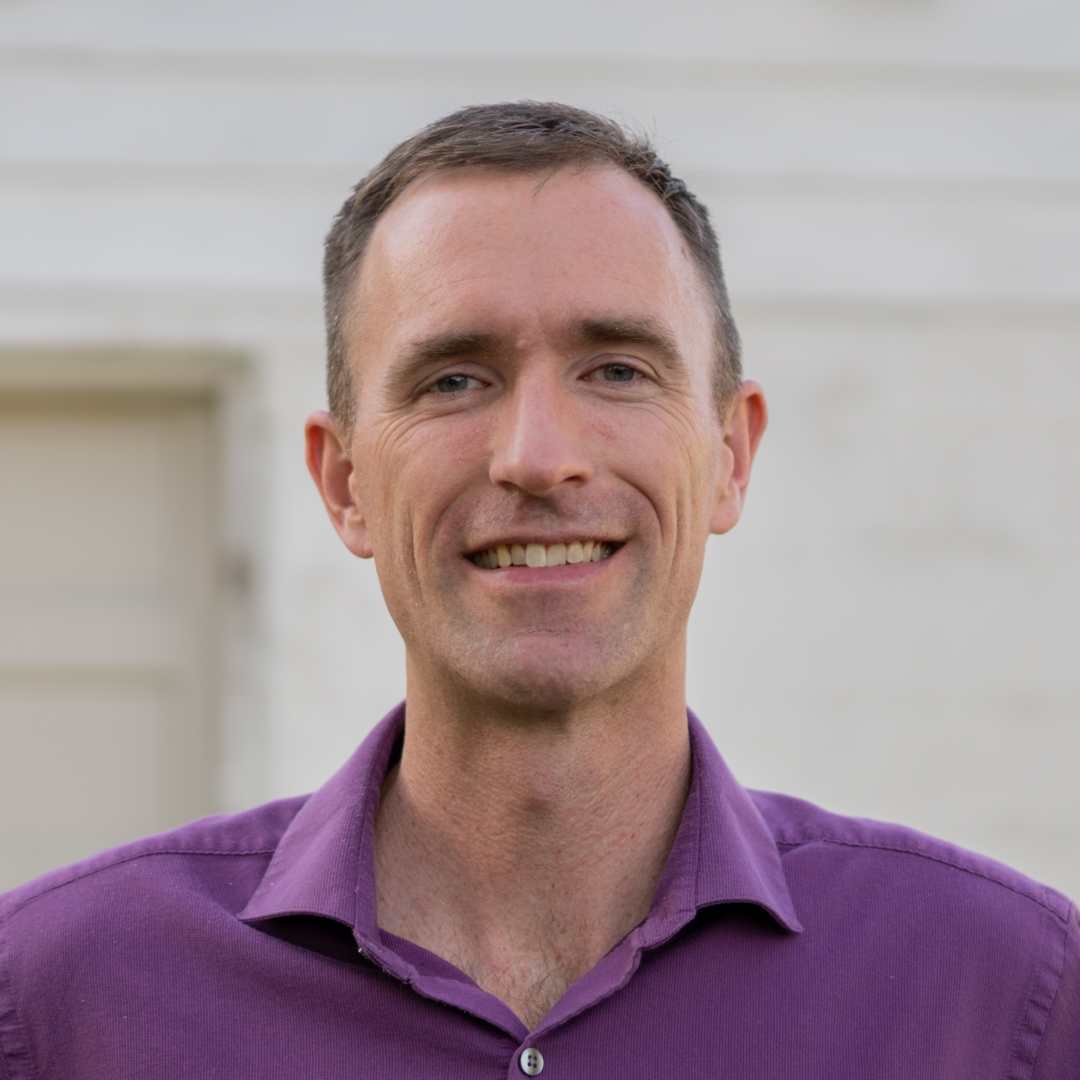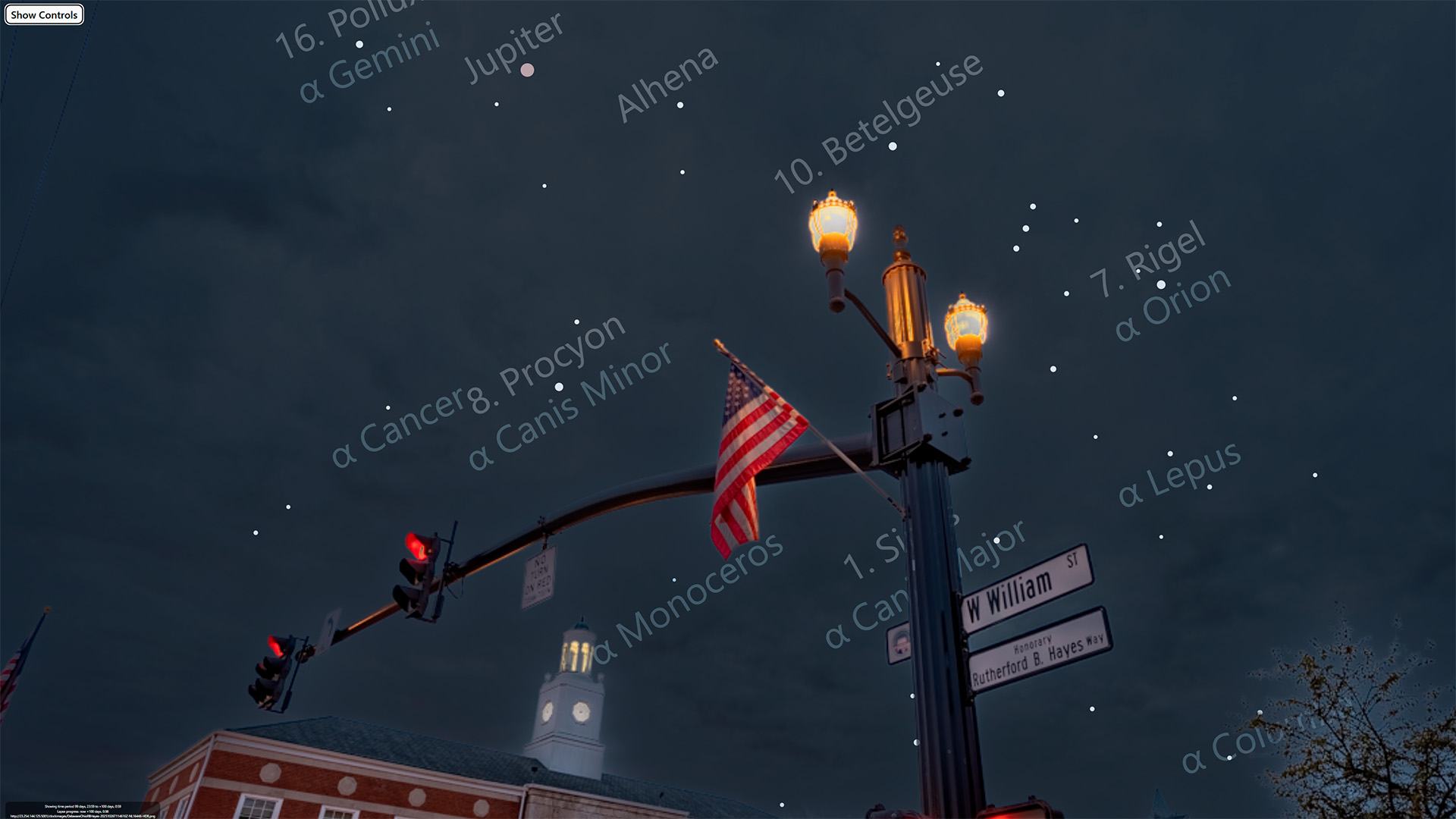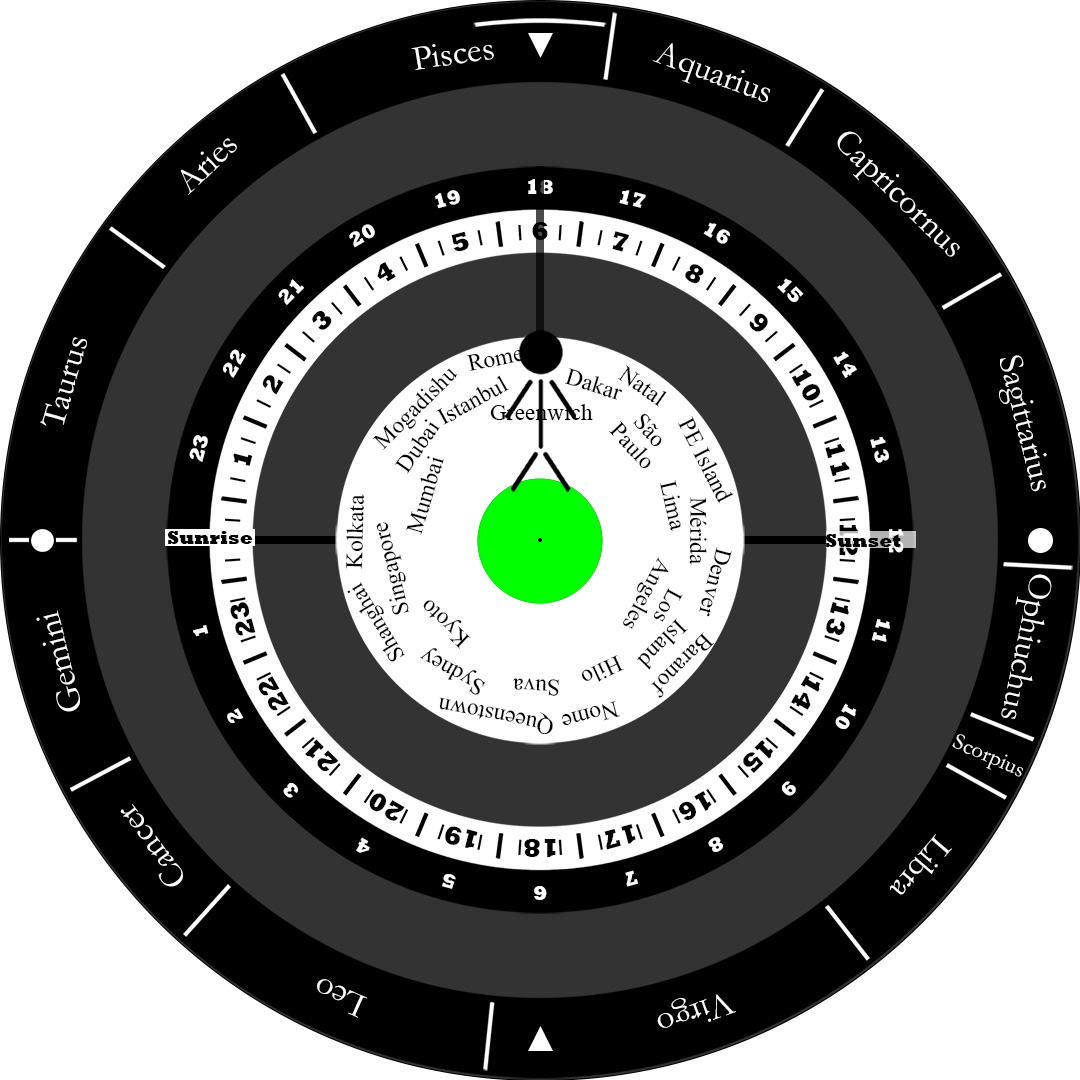

Today we’d like to introduce you to Nathan Ruffing.
Hi Nathan, please kick things off for us with an introduction to yourself and your story.
I was a military helicopter pilot from 2007-2015. I flew the CH-53E helicopter, which is a transport helicopter. We used sun and moon software to determine how lighting would be at night. I always thought our software should be better.
When I got out of the military, I rode my bike at night on the Olentangy trail in Columbus a lot and liked to think while I rode. Partly I was reliving glory days landing helicopters at night, but I thought a lot about how timekeeping is based on machines and formatted for machines. Machines have separated timekeeping from nature, but now the machines (computers) are flexible enough to imitate nature. I believe now we should be keeping time based on observable natural events like sunrise and sunset. I call it Time v3.
Time v1 is observing nature to keep time.
Time v2 is industrial time, using machines and rigid timekeeping formatted for machines.
Time v3 is using the modern flexibility of computers keep time by imitating nature.
In 2020, I started coding a clock to show time v3, a version of time based solely on sunrise and sunset. Now 5 years later, I have developed image tagging software that I call the AWIM project (AstroWideImageMapper), which enables me to animate the sun, moon, planets, and stars into real-life images exactly where they appear in the images at any given time in real life. This animation is an advanced astronomical clock that is the first user-friendly astronomical clock. A user can simply orient from the image on the clock and know where the celestial bodies appear in real life and since they are moving, gain an understanding of how they move over time. The animation is important because the movement represents the passage of time.
The goal of time v3 is to use the machines that have disconnected us from nature to reconnect us to nature because they are finally flexible enough to do so.
Can you talk to us a bit about the challenges and lessons you’ve learned along the way. Looking back would you say it’s been easy or smooth in retrospect?
There have been challenges, but this has become a religion for me, so the challenges enhance the experience.
I have felt over the years the hypocrisy of looking at a computer screen to code something to reconnect to nature. If I want nature, I could just go outside after all. However, now that the code has reached a usable level, I spend time outside taking photos for the clock and I feel like I have earned the enhanced experience of spending hours outdoors observing with new appreciation for what nature has to offer.
As you know, we’re big fans of you and your work. For our readers who might not be as familiar what can you tell them about what you do?
In my day job, I do renovations and help real estate investors organize and manage their real estate portfolios.
By necessity, Time v3 is a side project for me. However, I want to make money with it. I want to get paid to make astronomical clocks for people, cities, towns, companies, so I have listed that my work is creative because the clock involves a lot of Photoshop to process the images as well as user interface design because it needs to be aesthetically pleasing and user-friendly to do justice to the beautiful nature I intend to imitate.
Is there anything else you’d like to share with our readers?
I am happy to have been contacted for this interview at this time because after 5 years of work I finally have a product that I consider “finished enough” to present to the world and sell.
Contact Info:
- Website: https://nathanruffing.com
- Instagram: timev3tech
- Facebook: timev3tech
- Twitter: timev3tech
- Youtube: timev3tech
